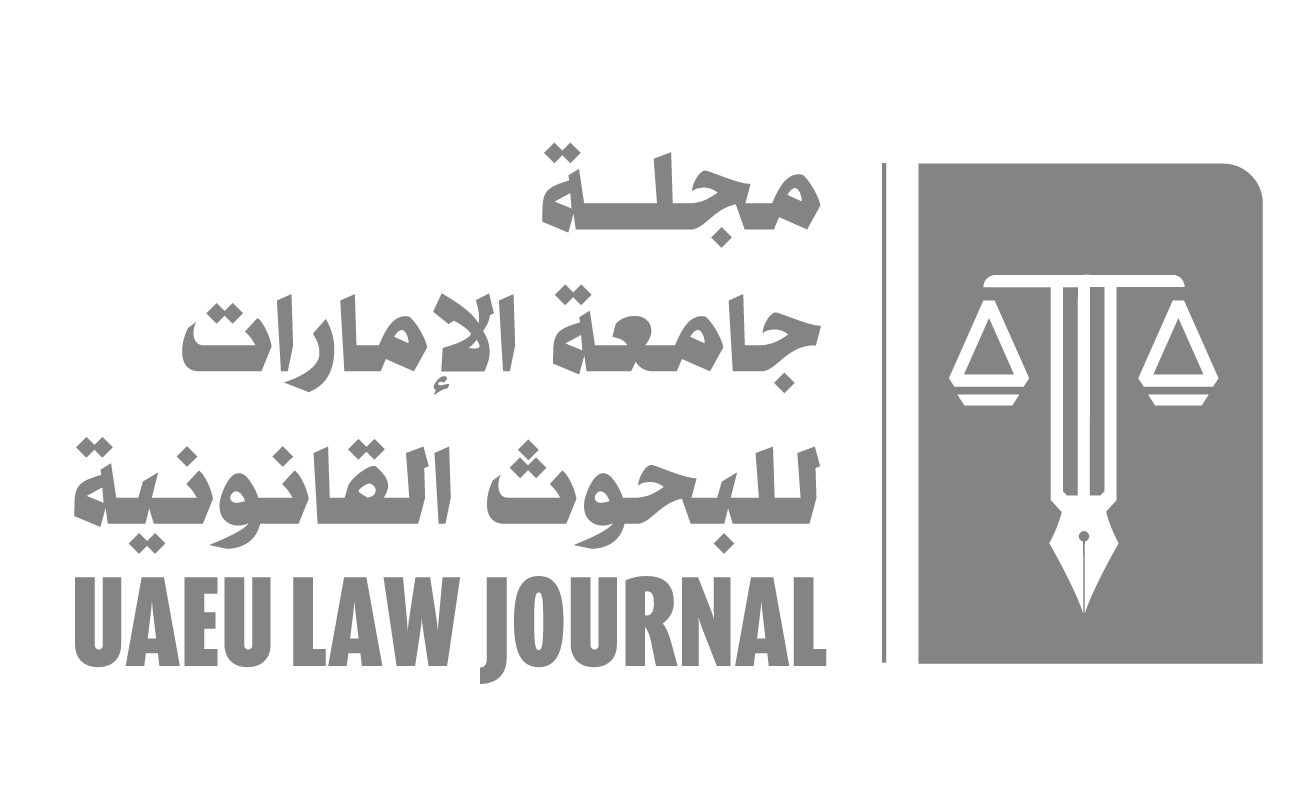
Abstract
While current core rules governing armed conflicts has remained almost the same since the adoption of the 1949 Geneva Conventions and its two additional protocols of 1977, the nature of non-international armed conflicts has gone under a tremendous development. This poses a question on whether there is a need to develop the rules of International Humanitarian Law (IHL) applicable to Armed Groups in times of non-international armed conflicts to cope with the changes in the armed conflicts layout. Accordingly, this article is addressing this question and examining ways to improve armed groups’ compliance to the provisions of the IHL.
This article focuses on three fundamental legal issues stems from the involvement of armed groups in non-international armed conflicts, these are: the international legal personality of armed groups and its extent, the basis and limits of the IHL application on armed groups, and the mechanisms to enhance their compliance to IHL.
To this end, the article is divided into two parts. In part I, it explores the definition of armed groups and its usage in international scholarship and practice, as well as the ability to possess an international legal personality. The discussion herein paves the way for Part II, which discusses the legal framework applicable to armed groups and how to improve their compliance to the provisions of the IHL.
In this article, part II is covered along with conclusion and findings of this study.
Recommended Citation
elekyabi, salwa Dr.
(2022)
"Subjecting Armed Groups to International Law: A Study on the Rules of International Humanitarian Law and the Extent of their Development,"
مجلة جامعة الإمارات للبحوث القانونية UAEU LAW JOURNAL: Vol. 91:
No.
91, Article 4.
Available at:
https://digitalcommons.aaru.edu.jo/sharia_and_law/vol91/iss91/4

